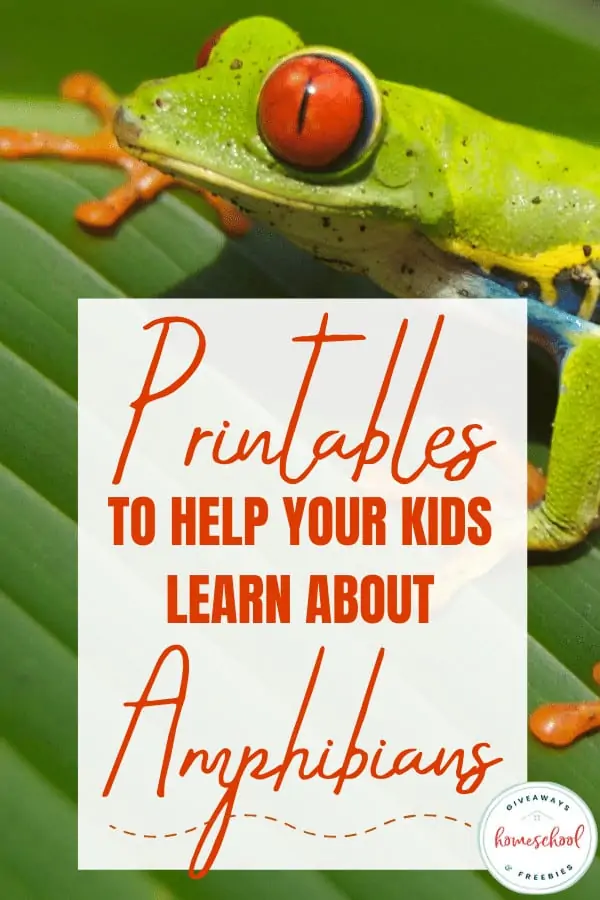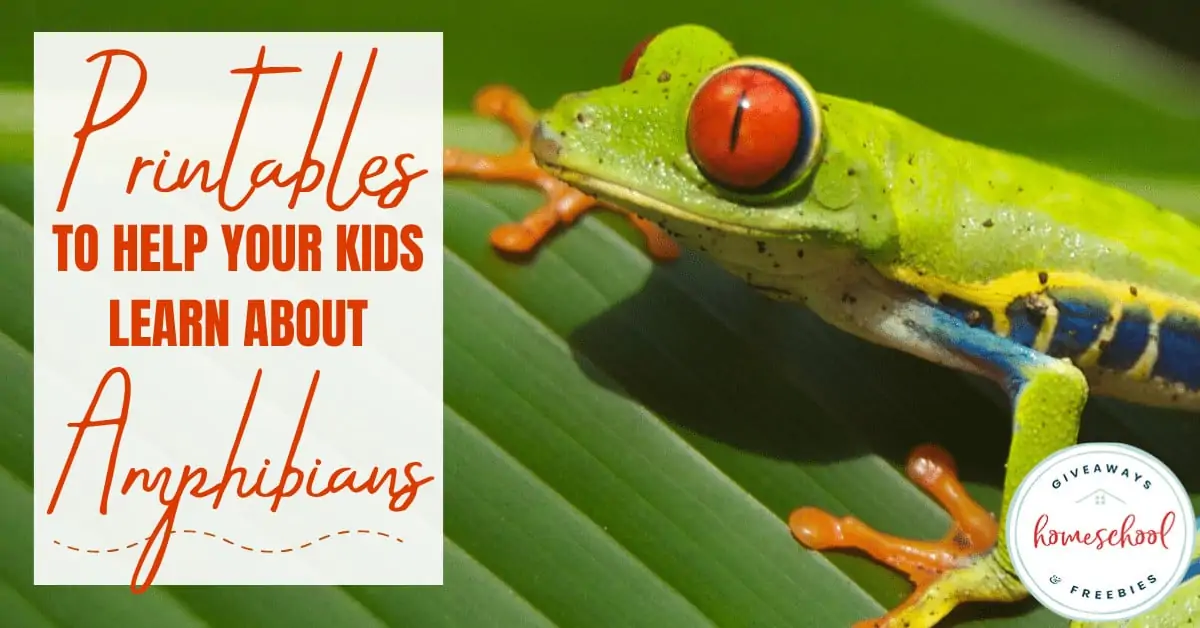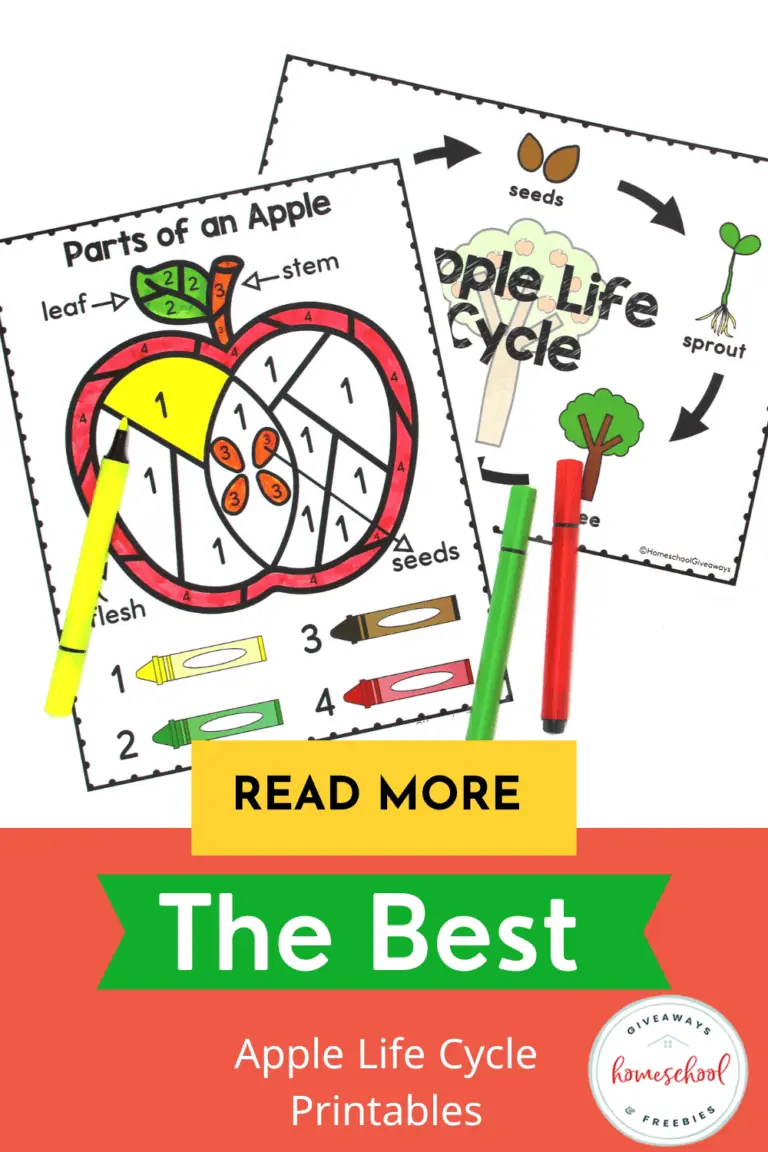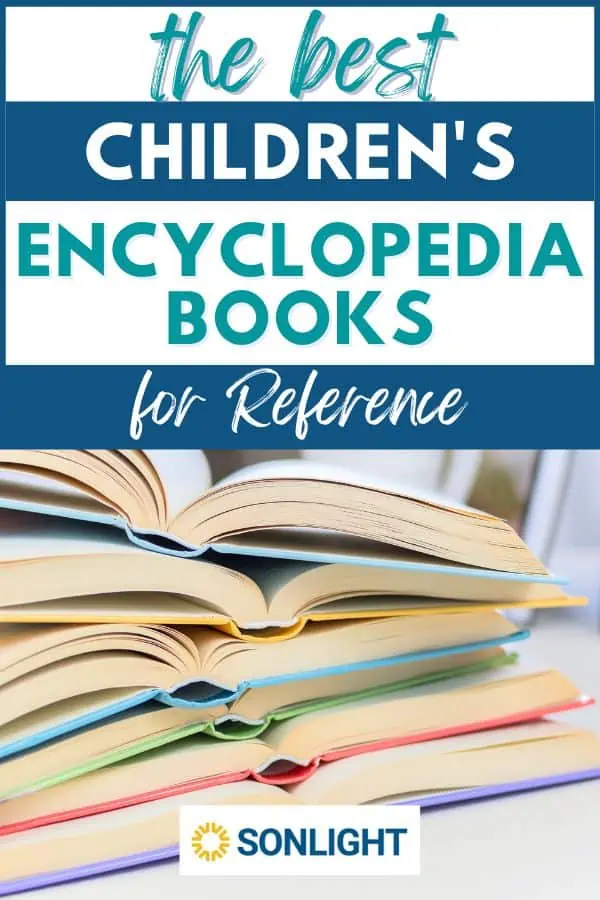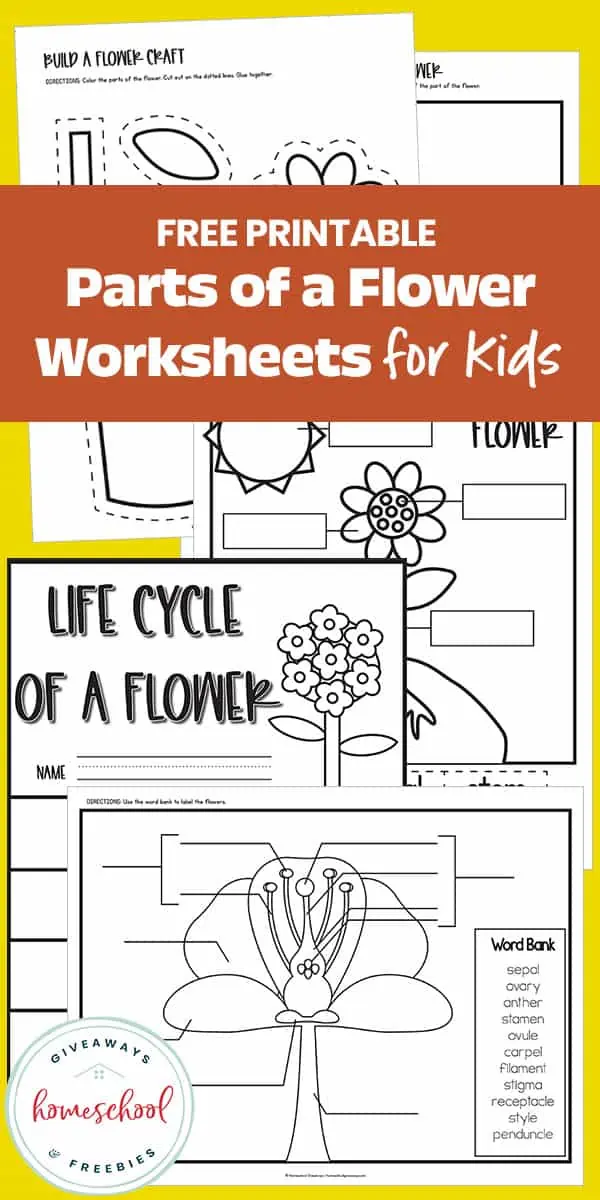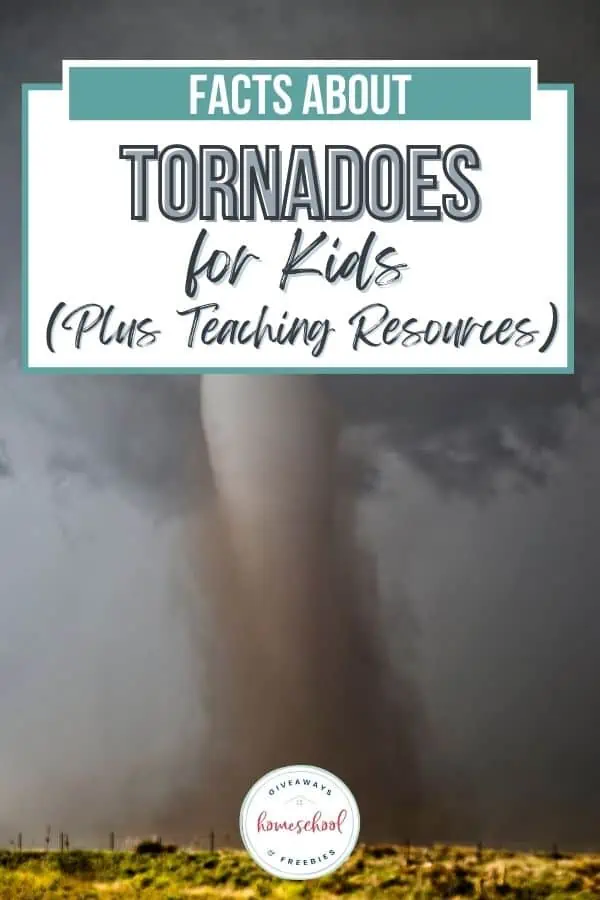Printables to Help Your Kids Learn About Amphibians
Published:
March 16, 2020
Contributor:
Jeannette Tuionetoa
Disclosure: This post may contain affiliate links, meaning if you decide to make a purchase via my links, I may earn a commission at no additional cost to you. See my disclosure for more info.
Why are amphibians and reptiles always grouped together? They have similar appearances, and maybe that’s why. Neither of them is really adorable or fluffy, unless they are in cartoons, of course. In actuality, most of them are quite squeamishly creepy, slimy, or scaly. Why not group them together then, right? Well, reptiles and amphibians are actually quite different and aren’t even closely related (Mind blown). Here are some printables to help your kids learn about amphibians and to discover how they are different from reptiles.
[series_meta]
I wrote all about and provided Printables to Help Your Kids Learn About Reptiles. Well, let me confess something. Please don’t judge me. When writing that piece, I put information about frogs – which aren’t reptiles at all. I didn’t notice that it was a complete mistake until later on.
Frogs are amphibians and NOT reptiles. Frogs/toads, salamanders/newts, and caecilians are all amphibians and not reptiles. It made me curious about the different characteristics of amphibians and reptiles since many people wonder the same thing.
Let us explore some similarities between reptiles and amphibians below:
They are visually similar to me, in that they look creepy slimy or scaly. Like, I surely wouldn’t want to cuddle with real ones. Sorry to those snake, lizard, or frog loving folks out there. Please accept my apologies.
Their class in the animal kingdom (or phylum) is Chordata and the subphylum Vertebrata.
Both are Ectothermic; meaning they regulate their body temperature depending on the environments they are in. This is also known as cold-blooded.
They both use camouflage for protection and thermoregulation (a core internal mechanism to maintain body temperature).
Both amphibians and reptiles are mostly omnivores (they eat meat and plant-based foods).
The body of both animals has an opening called a cloaca. It is an outlet for the intestine and other processes.
We can now see the differences between reptiles and amphibians below:
Amphibians can live on and off the land, while reptiles only live on land.
When amphibians are young, they are considered tadpoles/larvae. When they are larvae, they are entirely aquatic and have rudimentary gills. However, when they grow older, through metamorphose their lungs replace their gills! Crazy right!? In contrast to an amphibian’s life cycle, reptiles lay eggs that hatch.
Amphibians have porous skin, which means that gas exchange occurs through the skin and that they can breathe through their skin. They don’t always use their lungs for breathing, and some salamanders don’t even have lungs! Reptiles have keratinized scaly skin. A reptile’s skin is mostly waterproof, and they do not dry out quickly.
Amphibians have webbed feet (to help them swim and jump, of course), and reptiles have four limbs.
Now grab these printables to help your kids learn about amphibians in homeschool:
FREE Amphibians & Reptiles Guided Drawings
Amphibians Unit: Fact Pages, Life Cycle, Interactive Notebook Pages, and More | Amanda Richardson
Word Search – Amphibians | Monster Word Search
Amphibians Printable for Kids |Olphreunion.org
Reptiles & Amphibians Unit | Every Star is Different
AMPHIBIANS CHARACTERISTICS -Life Cycle, Activities and Printables for K-1 | Star Kids
FREE Printable Amphibian and Reptile Field Trip Mini-Book | Handbook of Nature Study
Montessori-Inspired Amphibian Activities with FREE Printables (Learn & Play Link Up) | Every Star is Different
Amphibians Coloring Page | Education.com
Frogs are Amphibians | Joann Pilachowski
Learning About Slimy Amphibians (FREE Printable) | Souly Rested
Amphibians Resources Packet |First Grade Roars
Theme Unit Math & Literacy Activities and Centers Amphibians | KidSparkz
Amphibian Classification Worksheet | Have Fun Teaching
Animal Classification: Amphibians and Reptiles Bingo, Posters, and More! | Science and STEAM Team
FREE Printable Amphibians | Science School Yard
Amphibian and Reptile FREE Printables | Busy Bee
Reptiles and Amphibians FREE Printables | Simple Living Creative Living
FREE Amphibian Printable and Info. | Kidzone
Frogs and Toads
Life Cycle of Frog Emergent Reader | The Letters of Literacy
Frog Life Cycle Activities for Kindergarten with FREE Printables | Natural Beach Living
FREE Frogs Life Cycle Emergent Readers (4 levels)| In All You Do
Life Cycle of a Frog FREE Worksheets | 123Homeschool4Me
Fun Frog Facts for Kids with FREE Printables | Itsy Bitsy Fun
FREE Frog and Toad All Year Book Companion Vocabulary Task Cards | Promoting Success
Frogs and Toads: Free Resources and Activities | LMN Tree
Newts and Salamanders
Life Cycle of a Salamander coloring page | Super Coloring
The Salamander Room Lapbook Printables | Homeschool Share
Caecilians
FREE Caecilians Research Sheet | Study Ladder
Caecilian Facts For Kids & Adults, With Pictures, Information & Video | Active Wild
I hope that has brought some clarity to you all. Don’t forget to head over to learn more about reptiles here. Teaching your kids about reptiles and amphibians together makes for a great unit study.
Your kids will learn so much about and enjoy the differences and similarities between reptiles and amphibians. I still don’t think reptiles and amphibians are cuddly, although my son would probably beg to differ. He will just have to settle for learning about them vice having any as pets. Have fun learning about these amazing creatures!

